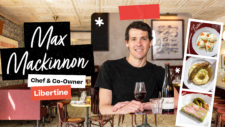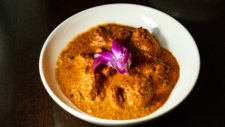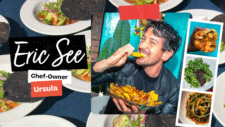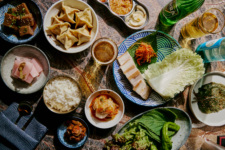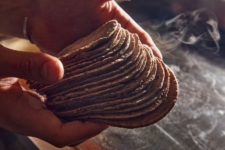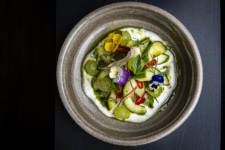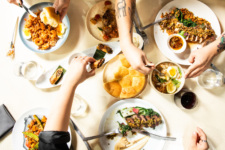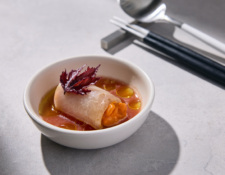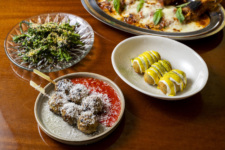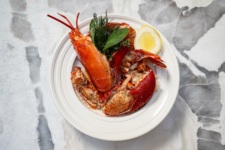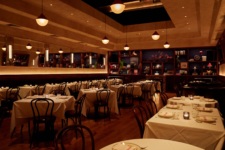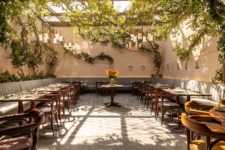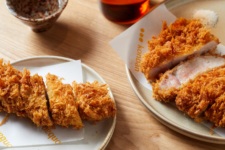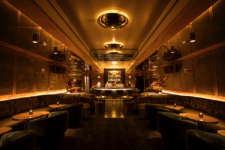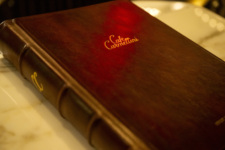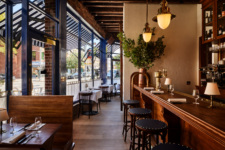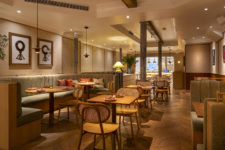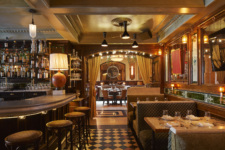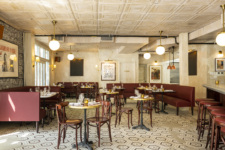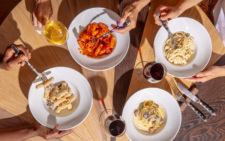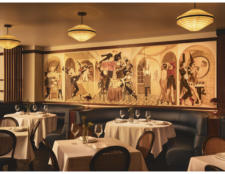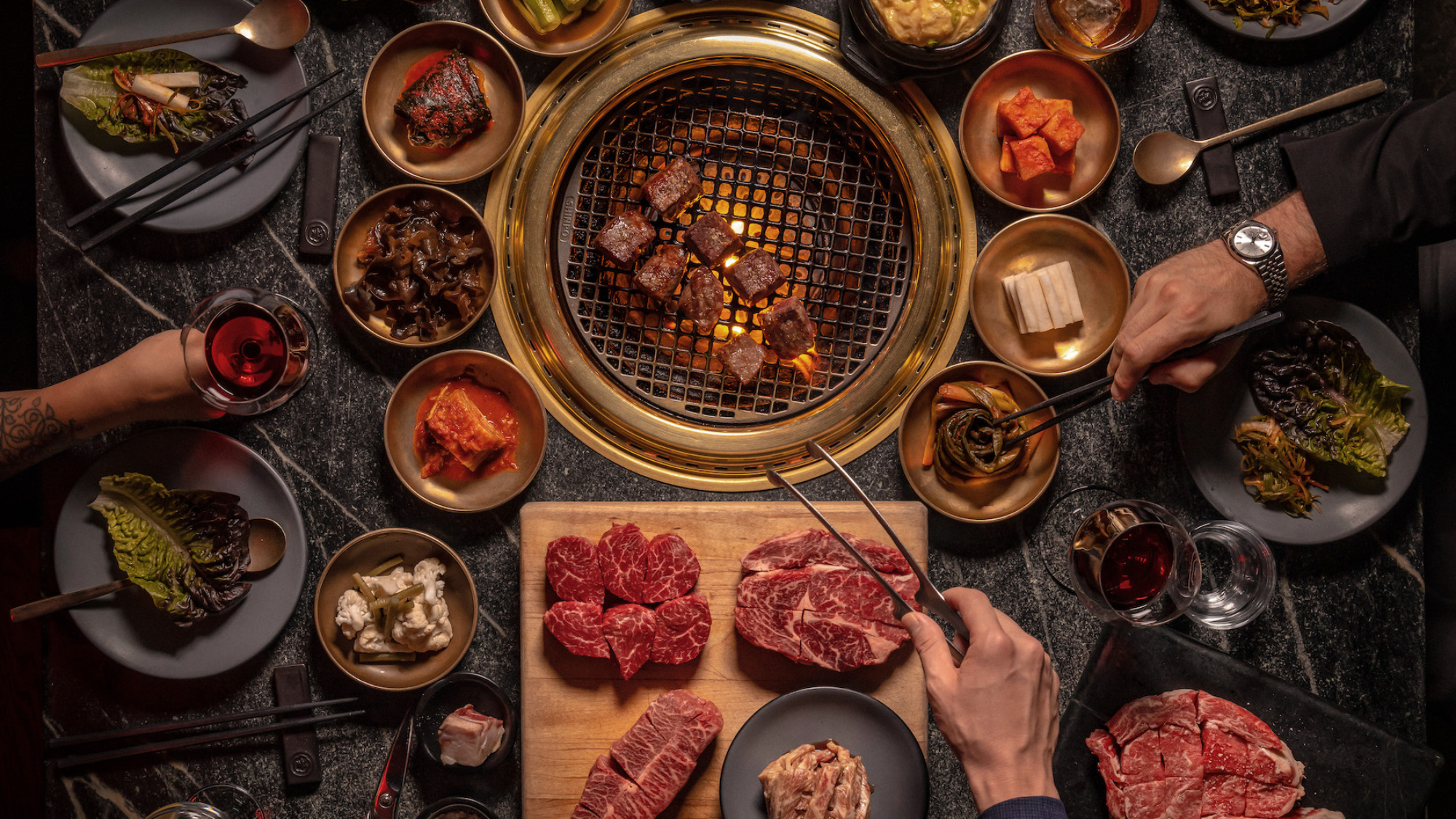
The One Who Keeps the Book New York Miami
How to Get Into COTE
Five years after it first opened in New York’s Flatiron District to critical acclaim — the restaurant secured a coveted Michelin star within a mere six months of its debut — COTE Korean Steakhouse remains one of the toughest tables to book in the entire city.
Created by Korean American restaurateur Simon Kim, COTE melds the time-honored hallmarks of a classic American steakhouse with the convivial and communal spirit of Korean barbecue. In 2021, Kim opened a second location of COTE in Miami’s Design District.
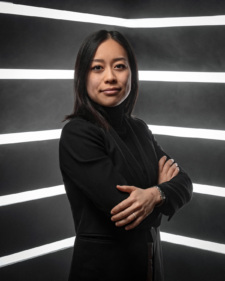
Both Michelin-starred locations of COTE remain as exclusive and sought-after as ever. And both just recently started taking reservations full time on Resy, too. Wondering how to get a table? Well, you’ve come to the right place.
We sat down with COTE director of operations and partner Amy Zhou to uncover the ultimate tips and tricks for scoring a seat at both locations, ordering the best combination of dishes once you’re in, and why Miami could be your ideal entry point if you’re a first-timer.
Resy: When do reservations drop on Resy?
Zhou: Reservations drop 30 days in advance at 10 a.m. ET.
How quickly do they get booked out?
In New York, people book their tables right at 10 a.m. We stage our inventory so that part of the room is available online, and another part is available over the telephone. If you aren’t able to snag a table up online right away, the phone lines usually start going pretty crazy.
So, you actually offer phone reservations?
That’s right! We have clients who prefer to call and we wouldn’t want them to miss out. If you don’t see something online, I always recommend calling to speak to a human being. So many restaurants nowadays don’t have phone reservations anymore. Being able to engage with the guests even before they come to the restaurant, whether they’re trying to find a table or arrange something special, is something that we consider to be a core part of our hospitality. We have phone reservationists available to help every single day from 10 a.m. to 10 p.m.
What You Need to Know

Plan Ahead: Reservations drop 30 days out at 10 a.m.
The Layout: COTE New York has 24 grill-top tables, most sized for parties of four and six, a standing-only bar, and five outdoor cabanas. COTE Miami has 28 tables, a standing-only bar, and two private dining rooms.
Pro Tip: Reach for that old-school telephone to talk to a reservationist if you don’t see something online. The number is (212) 401-7986 in New York, and (305) 434-4668 in Miami. Use Resy Notify for any last-minute cancellations.
Prime Times: In New York, it’s 6:30 to 9:30 p.m. nightly. In Miami, it’s Thursdays, Fridays, and Saturdays from 7 to 10:30 p.m.
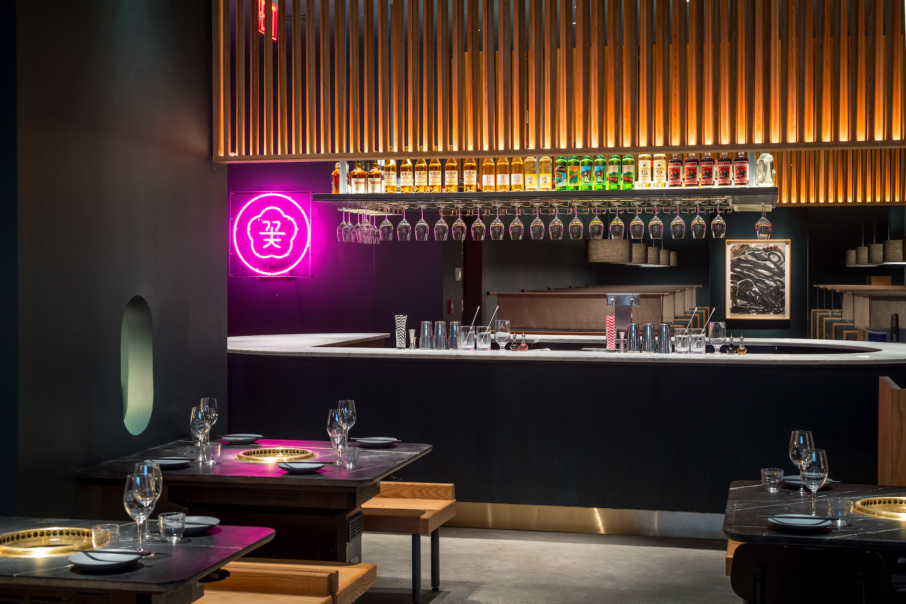
Must Orders: The Butcher’s Feast is a solid introduction to COTE for first timers, with steak and eggs, or the kimchi wagyu paella as suggested add-ons for your meal. If you want to go all in, get the Steak Omakase which comes with double the amount of steak, including Japanese A5 wagyu, and all the bells and whistles (think caviar, truffle, and uni).
Walk On In: If you don’t mind standing, you can always walk in and grab a spot at the standing-room only bar at both locations. Generally, though, walk-ins aren’t recommended for a sit-down dining experience at COTE. Walking in is the only way, however, to get into Undercote, the bar located downstairs at COTE in New York.
Have you offered them since the beginning?
We’ve always had someone on the phone. Don’t get me wrong; sometimes the phone lines get very busy, so it’s hard to get in, but there is a person there. If the line is busy, you’ll be given the option to queue or you can hold and wait. One of our recommendations in the hold message is to email us because the reservationists who monitor the phone line also monitor the email line.
Do you hold any seats for walk-ins?
At the moment, we don’t, but it’s something that we’re always looking to explore. People without a reservation are always welcome to come in and join us at the bar at either location. We serve the full à la carte menu there, but we do emphasize to guests that it’s a standing-only bar.
Can guests grab a drink while they’re waiting for a table?
Absolutely. We encourage it, in fact. One of the big reasons we don’t have seats at the bar is that in a lot of restaurants, the bar is often constructed against the wall or towards the back of a room. Our bar, in both cities, sits at the center of the restaurant. There are no chairs because we want to create this lively, party-like atmosphere. Your experience doesn’t start at the table; it starts the moment you walk in and you get a drink at the bar while you’re waiting for your party to arrive.
In a way, the bar functions as the beating heart of the restaurant. As long as people are having a good time while they’re waiting around, there’s always going to be great energy in the room.
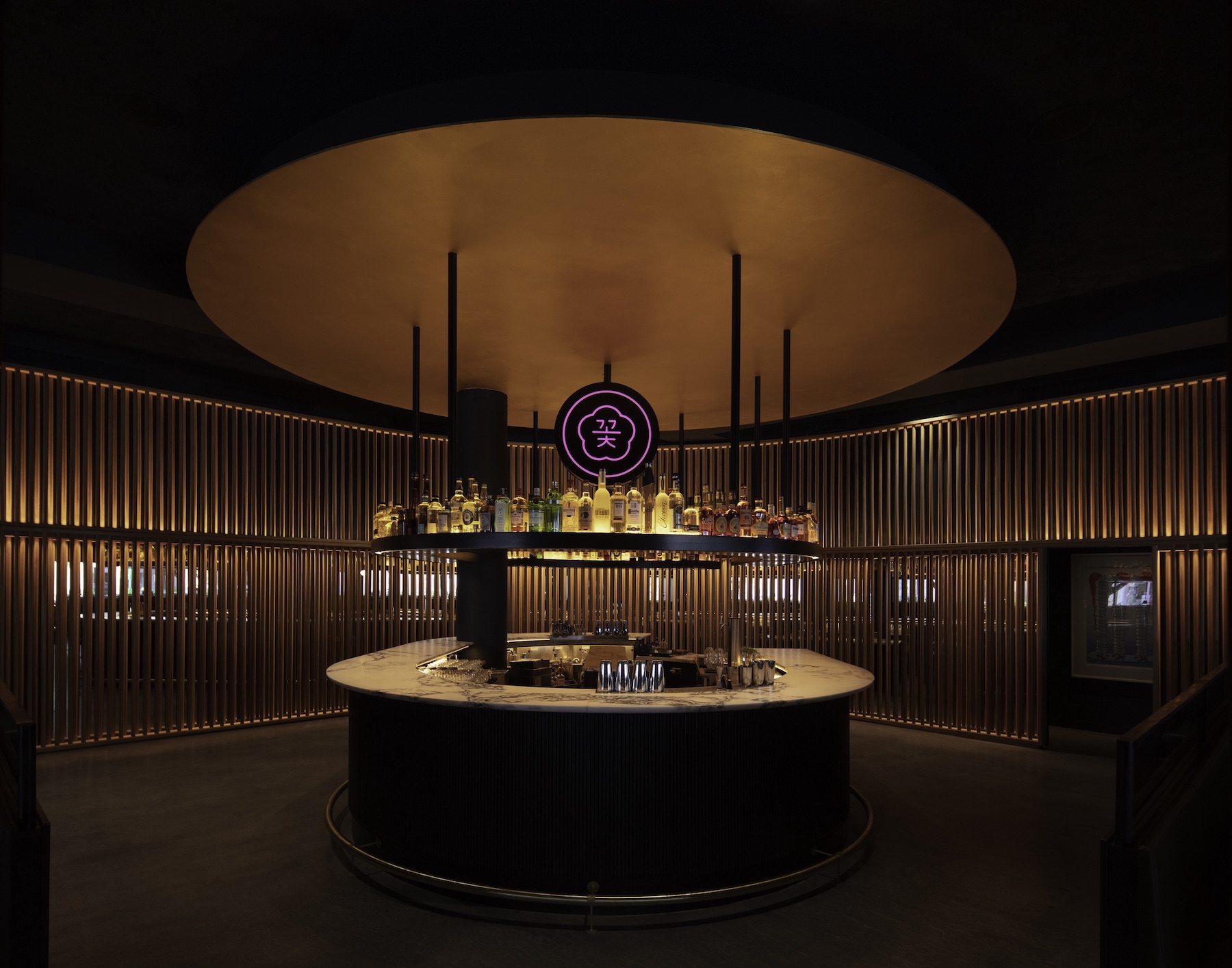
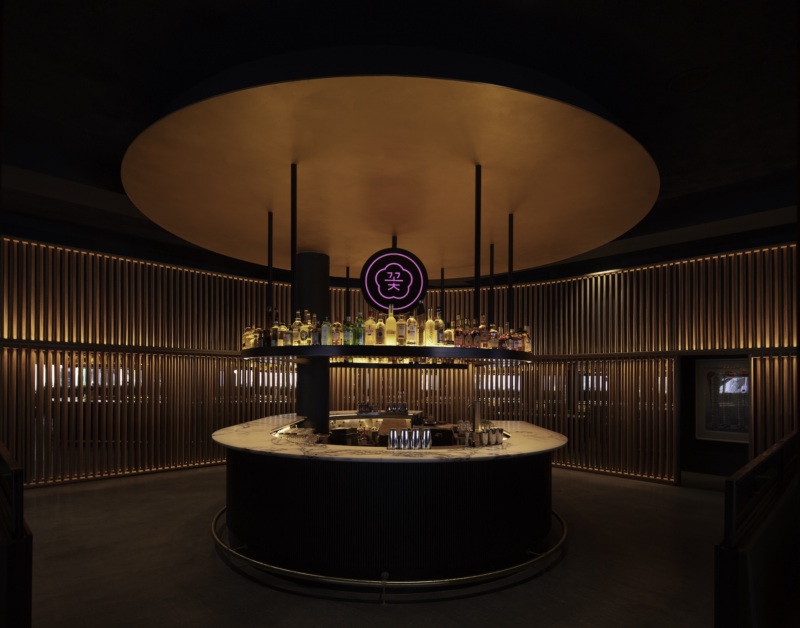
Can you tell us more about Undercote, the cocktail bar located downstairs at COTE New York? How does one get in there?
Undercote is our subterranean cocktail lounge — it’s a completely different entity from COTE, even if it’s housed within the space. COTE upstairs is a pressure cooker; the energy is so high that at any minute, you’re thinking, “This is going to explode,” but in the best possible way.
When you walk from COTE downstairs and discover Undercote, it’s like entering a smooth Jacuzzi. You walk in and there’s a live plant jungle. It’s a space that you would never expect in a basement. Sondre [Kasin, principal bartender] is from Norway, so his approach to cocktails stems from his Scandinavian sensibilities — very clean and fresh. But all our cocktails have true New York roots; we serve all the classics with the highest possible quality ingredients. He plays a lot with seasonality. When he’s not behind the bar, you might find him at the market, at Norwich [Meadows Farm] since our location in Flatiron is so close to the Union Square Greenmarket. It gives him the opportunity to experiment, do R&D, and find new ingredients. Everything that we do for the bar program is made in-house.
Undercote is open Tuesdays through Saturdays, the same hours as COTE, and you can just walk in. It’s a very intimate space with about 30 seats. It’s a seated cocktail bar and we don’t allow for any standing space. We really just want you to come down and relax, sink into your seat, and have someone introduce you to something you may have never had before. It’s an amazing place to get a drink before dinner as you’ll also have the most availability to walk in during the earlier parts, from 5 to 7 p.m.
How many covers do you have on any given night?
At COTE New York, we do about 350 to 400 covers on any given night, which is a lot for a restaurant of our size. We only have 24 tables indoors.
At COTE Miami, it’s going to be a similar count, considering that we’re open for both lunch and dinner. It’s one of the reasons why it’s a bit easier to get into the Miami location because we offer seven additional meal periods with lunch, so there are more opportunities to book versus the New York location, which only offers dinner.
In Miami, we serve the same menu all day, with a few lunch additions. Some guests don’t necessarily like to eat steak for dinner, so having the ability to eat it for lunch is super appealing to them. I’ve also heard a lot of people tell me that the first time they went to COTE was in Miami because it was so much easier to get in.
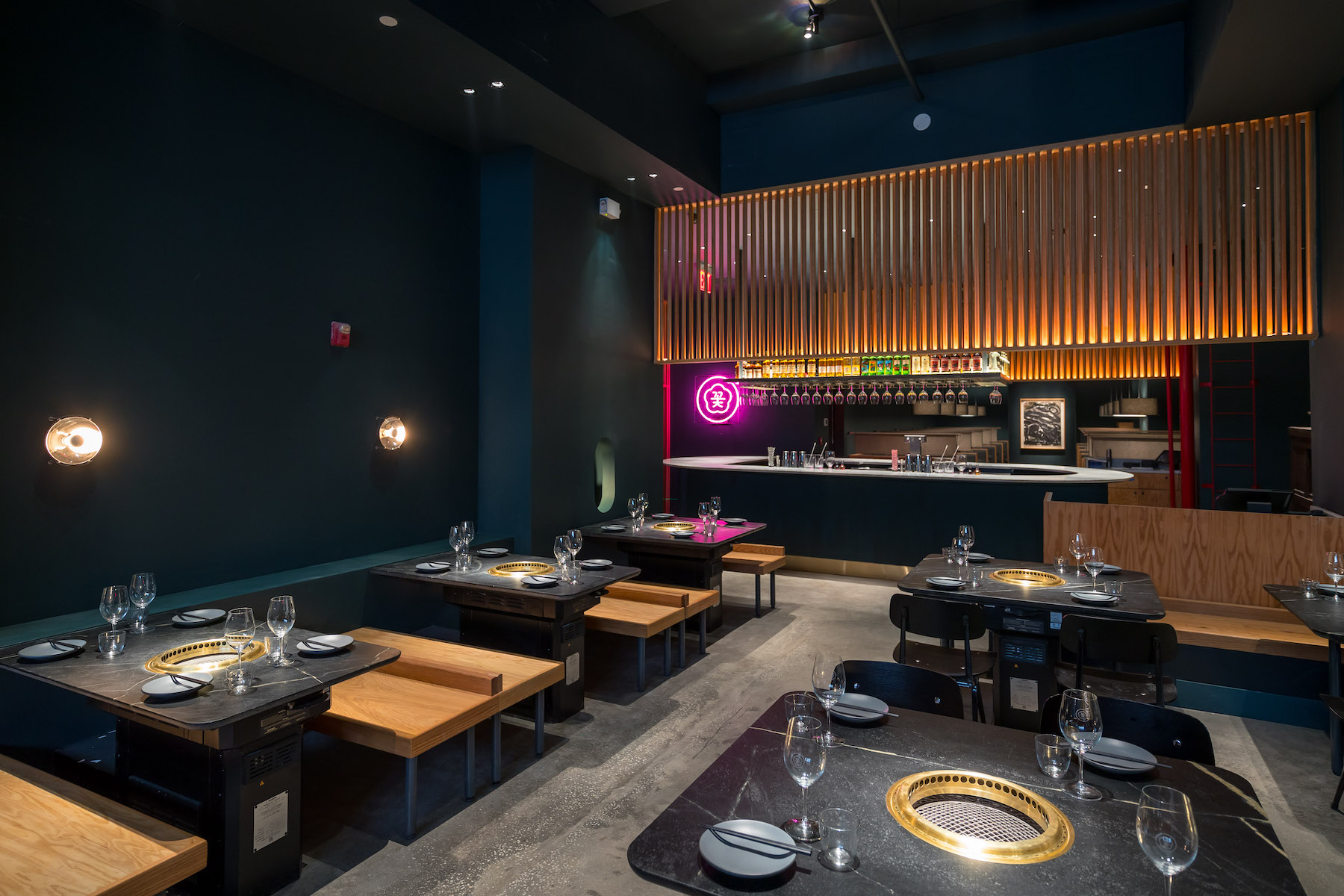
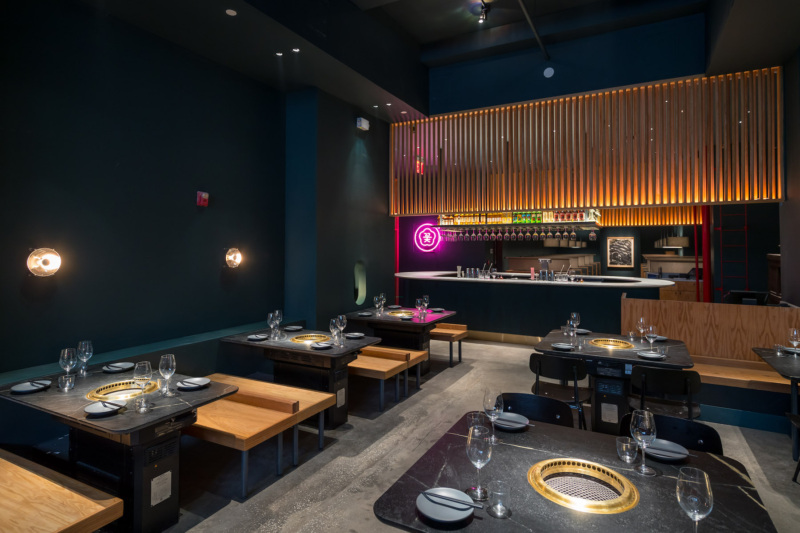
Do you have any tips or tricks to share with us on how to get a table at COTE?
If you’re looking to get a reservation, you have the most opportunity to book a table when you’re in a larger group of four to six. People are usually surprised to hear that, as in most restaurants, you’ll get two-tops, four-tops, or six-tops, but you really have to visualize our tables.
As a Michelin-starred grill-top table restaurant, the experience here is best enjoyed in a group setting, so most of our tables are sized for parties of four. We have very few tables for two and can only sit two-tops during the first and last seating. For any party larger than six, we have special tables with double grills that can be reserved through our events team. If you don’t see something online, obviously use the Notify feature because we will be using it.
My last tip would be to encourage people to pick up the phone and give us a call, or write us an email and talk to a real human being. We love hearing people’s stories. Through the years, we’ve had people write us such beautiful notes about who they are, why they’re visiting, and why they’re trying to get a reservation at COTE. From one person to another, how can we not feel that touch of heart? We have gone to extraordinary lengths to get in people who have taken the time to share their stories with us.
For instance, we recently had a guest who was looking to bring her mother with us. Her mother was about to go into hospice care and, in all reality, it probably was one of the last times she would be able to go out and dine, and she wanted to go to COTE. So we 100% made sure to get them in and give them the best table and this memory that they will remember forever.
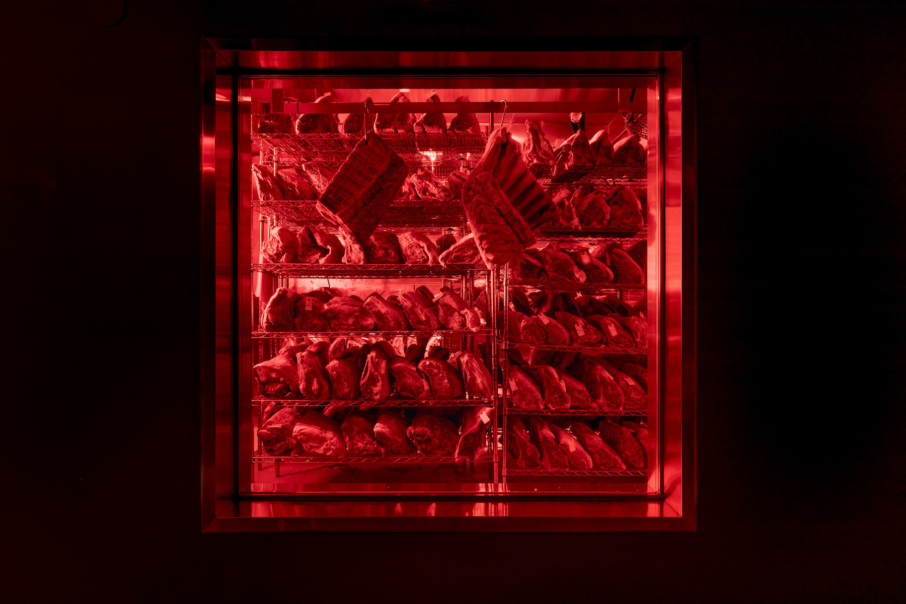
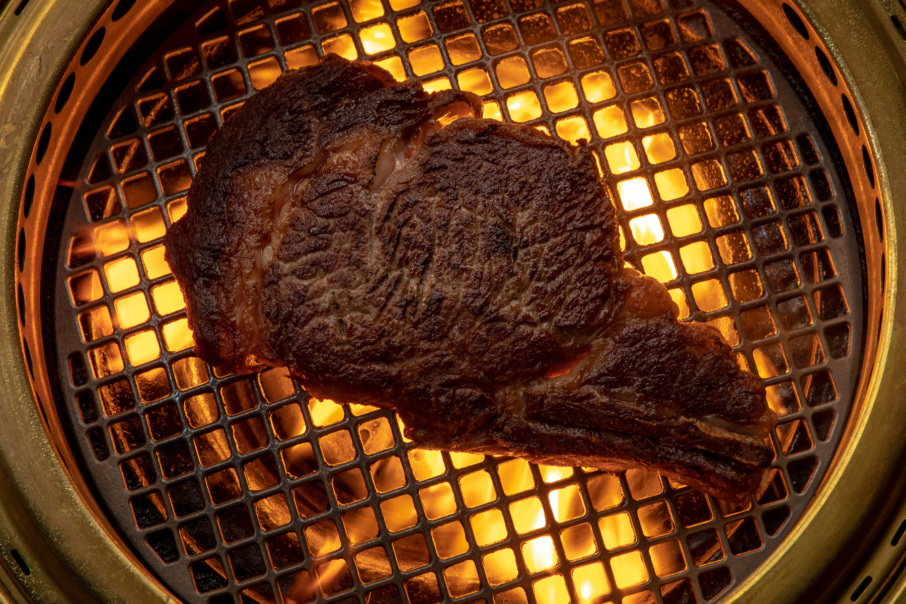
What is your favorite seat in the house?
In New York, my favorite seat is table 64. It’s in the back half of our restaurant where we have these gorgeous booths. Our booths typically sit parties of six, but table 64 only sits four, so it’s this really intimate table, and is our smallest booth. COTE is a very energetic restaurant — people are grilling, drinking, and having a good time — but when you sit inside of these booths, you can be part of the energy, or you can pull back into your little alcove and be in your own world.
At COTE Miami, our restaurant is a bit different. We have these gorgeous windows that open up into the Design District. My favorite seat would probably be table 212, which is our center table. It’s alongside a window and looks right onto 39th Street. It’s an amazing place to people-watch and have a great meal.
What kind of music do you play and who curates it?
Our director of hospitality, Wesley Sohn, is our resident DJ and oversees all of our music. It’s his job to create the scene for COTE. He invites other team members who are also passionate about music and sound to collaborate with him on playlists. At the beginning of the night, we start things off smooth and mellow, and as the night progresses, the music becomes more energetic.
In Miami, we’re all about creating that scene. It’s very different from New York. You walk in and you’re thinking “Wow, where am I?” We have a resident DJ who plays on Thursdays, Fridays, and Saturdays.
Can we find the playlists online?
Yeah! They’re public, and you can follow them on Spotify. [Listen to COTE’s playlists for New York and Miami.]


It’s Friday night, 7 p.m. at COTE. Can you set the scene for us?
Whether you’re in New York or Miami, at 7 p.m. on a Friday night, the music is bumping and the bar is probably two to three deep. You’ve just checked in for your reservation. You’re probably still waiting on guests, so we’re going to send you to the bar where you’ll be greeted by this gregarious bartender who’s going to suggest something off the list — something that we just created for the season that is ultra-juicy and special. You grab one of these cocktails and all around you, you see that every table is seated, and the grills are running with these beautiful, pristine meat boards, full of different cuts that are being expertly salted, and placed on the grill. It’s all about the senses: You see this beautiful meat, you smell the beef being caramelized, and you hear the sounds of cocktails shaking, glasses clinking. Wine is being popped open and Champagne is being poured.
We designed the restaurant with David Weiner, who designs music festivals and sets. All of our lighting was done intentionally — you can think of every single table as if it were its own stage. The lighting inside the restaurant itself is purposefully set a little bit darker just like it would be if you were in the audience inside a theater, but we have spotlights installed over every table right at the center of the grill because that’s the main stage.
What should a first-time diner order?
They should do one of our tasting experiences. If they want to have some ability to customize and build on top of a set, they should do the classic Butcher’s Feast, and add on the steak and eggs and some Japanese A5 [wagyu].
If they want to go all out and leave it up to the chef, they should do the Steak Omakase. We refer to it as “the grand tour” because it takes you through all the highlights of the menu. It comes with all the bells and whistles: caviar, Japanese A5, oysters, and uni. It’s a progression of seven total steaks and it also finishes with a choice of savory accompaniments.
If you’re visiting New York, we also recently started a fresh seafood program. We have a live fish tank and I would definitely also try something out of it, whether it’s lobster for the grill or live spot prawns, served crudo-style.


Can you elaborate a bit more on the Butcher’s Feast and the Steak Omakase for those unfamiliar with it?
The Butcher’s Feast is a chef’s tasting of four different cuts with sides. When you go to a traditional steakhouse, you usually have to commit to one cut, like a filet or a ribeye. The unfortunate thing about that is that (a) you’re married to one steak and (b) it gets cold by the time you’re getting through it. The beauty of the experience as COTE is that we’re grilling in progression. You have four different cuts: We’re going to start you off with something wet-aged, then we go to a dry-aged ribeye. From there, we move to a rich and luscious American wagyu and finally, we finish with marinated short ribs. So, you get all these peaks and valleys as you go through — and then we hit you with all these flavor combinations when we present you with pickles, kimchi, and lettuces.
One of our sayings here is that our experience is “beef and leaf.” The traditional steakhouse model is beef and butter, so you often leave feeling pretty heavy. When you’re enjoying steak with all these pickled and fresh vegetables, not only is it super delicious and very crave-worthy but it’s also good for you — you’re consuming probiotics and prebiotics with the steak that are going to help you digest. On top of the steaks in the Butcher’s Feast, we also feature a soy stew, a kimchi stew, and classic Korean barbecue accompaniments.
The omakase, on the other hand, focuses on our beef program. The progression is the same as the Butcher’s Feast: two wet-aged cuts, dry-aged, American and Japanese wagyu, and marinated short ribs. But there are twice as many cuts and more variety. We like to finish with our Grand Cru variety which is a marinated short rib from Niman Ranch. It’s very special and in extremely limited quantities. We can only get enough of the short rib to execute our omakase. We do offer some à la carte orders, but people have to call ahead to order; otherwise, it runs out.
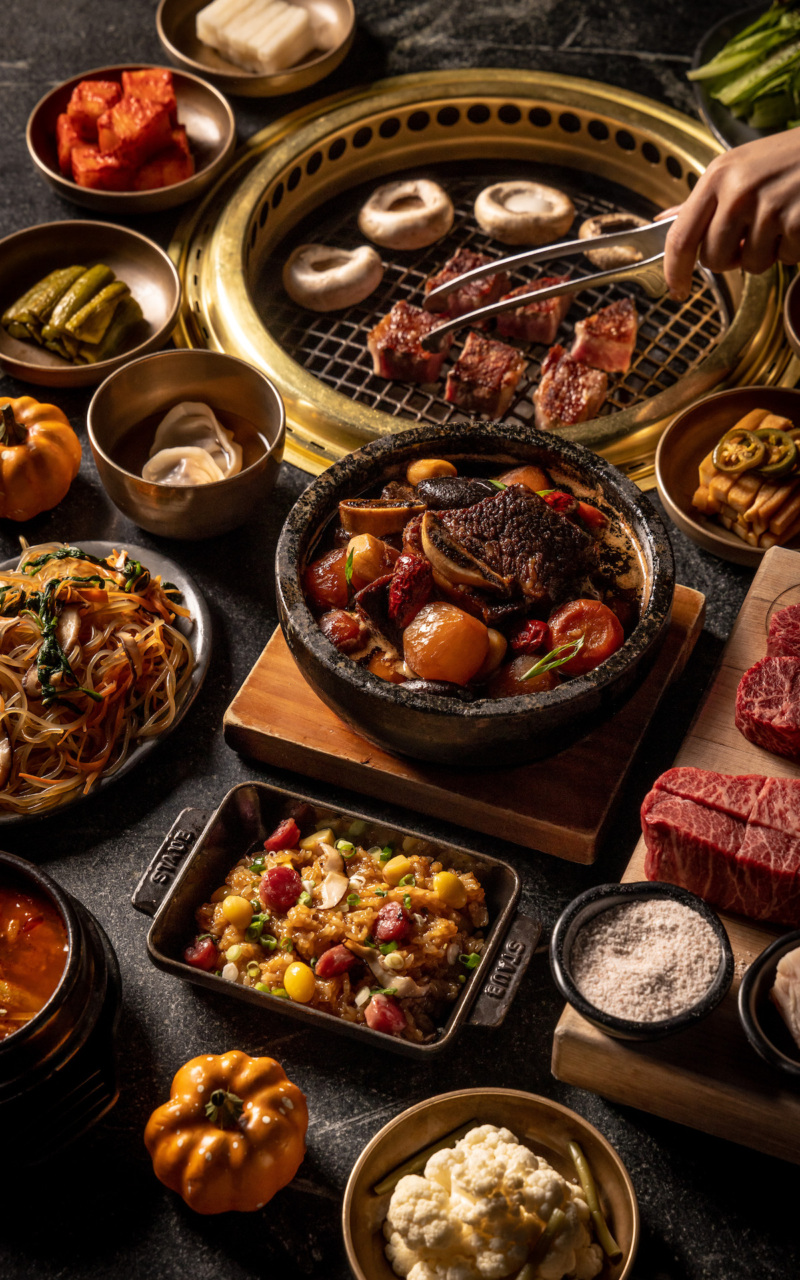

What are your personal favorite items on the menu?
The steak and eggs is phenomenal: it’s hand-cut filet mignon tartare, Kaluga caviar, and milk toast. It’s so simple but you couldn’t add anything to make it better. I also love our kimchi wagyu paella. We sauté American and Japanese wagyu with our house-fermented radish kimchi. It’s got all of the elements and hits on any single level: it’s savory, crunchy, sour, and rich. It’s designed to be shared, but it’s also substantial, so you can take the leftovers home and it somehow tastes even better the next day.
The Legend of the Seven Jades is a new appetizer we recently introduced that I’m also really into. We took the best of what the land and the sea have to offer and put it in a setting that’s fun. You get gems like caviar, truffle, spot prawns, tuna, and hand-cut filet, served on these beautiful custom jade ceramics by Mosser. Rather than giving you this composed dish, you get to play with your food and you have all seven different amazing ingredients that you’re building into your own tart shells. It’s all about celebrating.
What has made COTE so democratic to many diners is how we’ve made things like caviar and Japanese A5 less intimidating by offering them in a format that feels very convivial and welcoming. For instance, with Japanese A5, when you go to other steakhouses, most of the time, you have to commit to a six-, seven-, or eight ounce-steak where you’re easily spending $300 to $400, and that’s just difficult for most people to do. But if you offer it by the ounce, we’re talking about something that could be $33 an ounce, an amount that most people can afford to try something new.

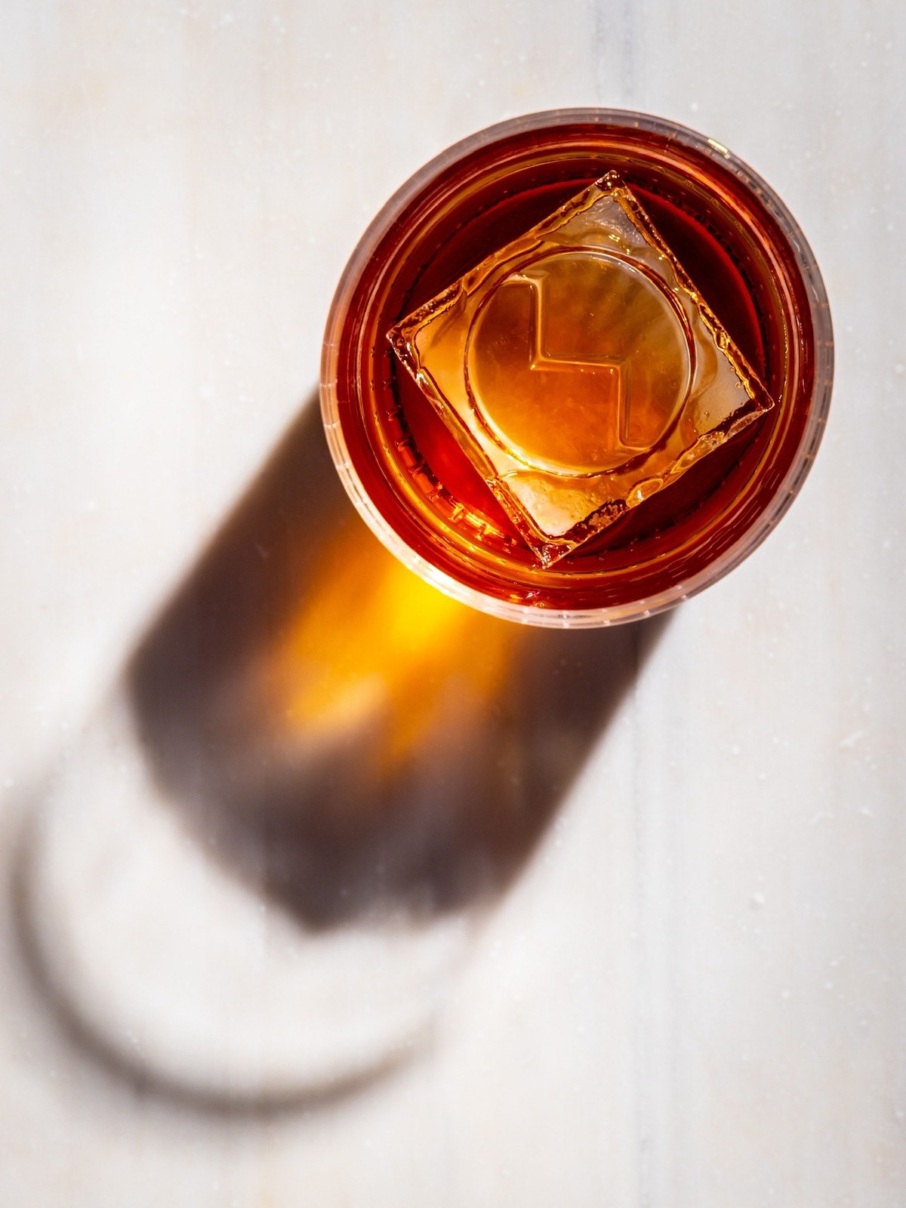
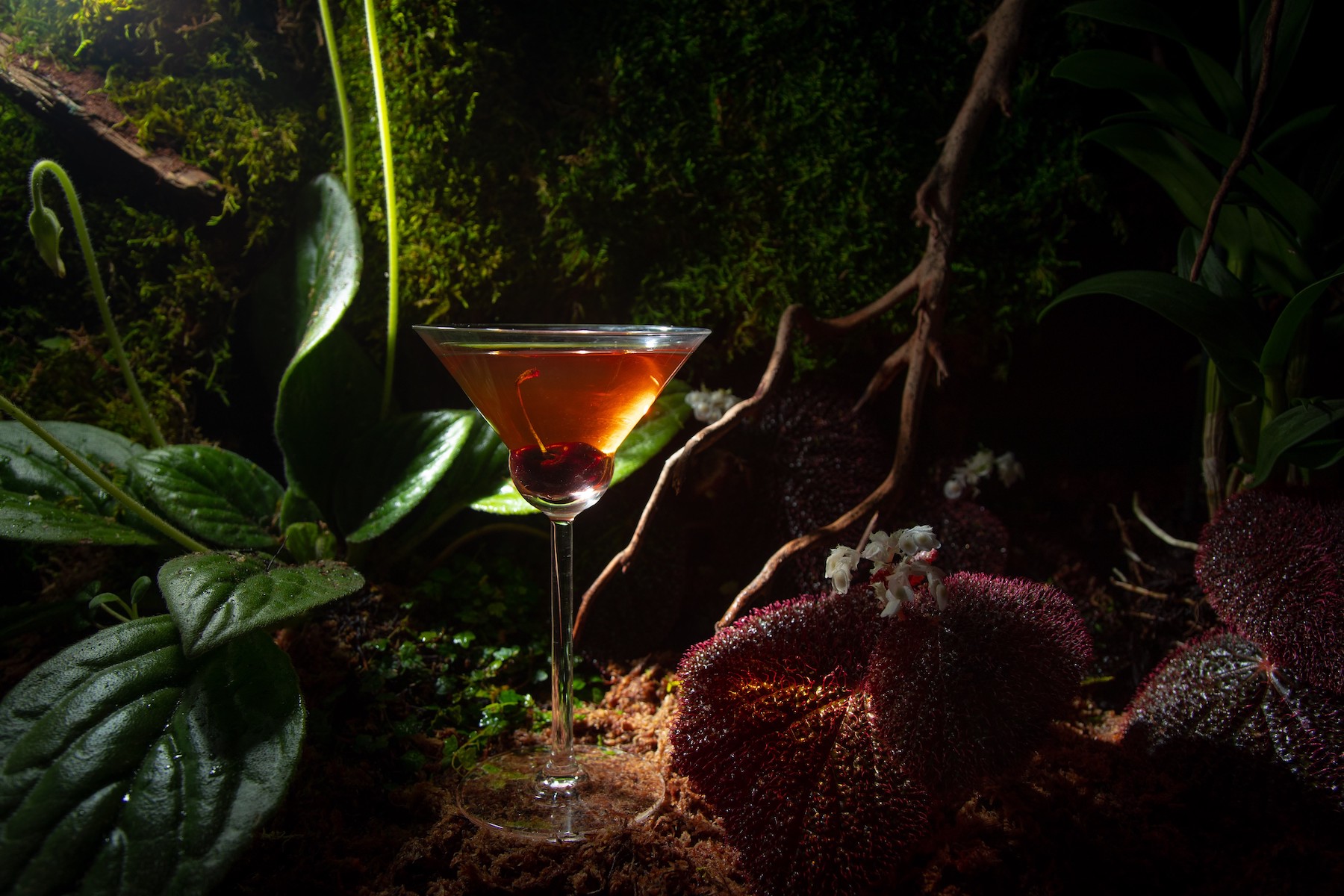
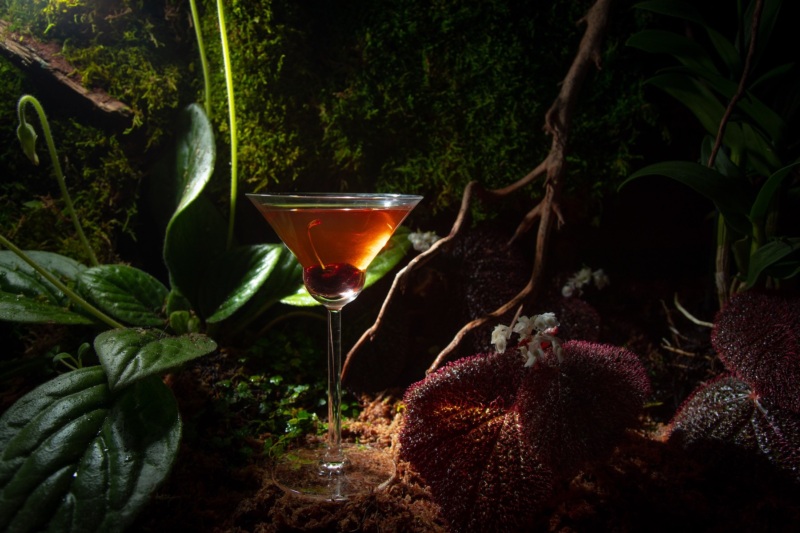
Your wine program, led by director of beverage Victoria James and director of education and master sommelier Mia Van de Water, was named a finalist in the “Outstanding Wine Program” category by the James Beard Foundation. What makes it special?
Victoria and Mia have done an incredible job creating a wine list that focuses on farmers and producers who are doing the right thing. We’re talking organic, biodynamic, and sustainable — really following the lead of nature. Wherever possible, they also try to feature wines made by women or marginalized groups, like BIPOC groups. At both locations, there are over 1,300 selections.
Victoria has also built a by-the-glass program that is poured exclusively out of magnums. A lot of these wines are bottled in magnums just for us, or they are cuvées that are made for us, which we call the COTE Collection. Whether you want to spend $50 or $5,000 on a bottle of wine, it doesn’t matter. You’re going to have a great time because we have this team of amazing sommeliers who want to find the right bottle for you.
Another aspect of the wine program is the extensive investment we’ve made into training and education. When you have someone like Mia Van de Water, who’s a master sommelier, it is incredible to have someone like her on the floor, helping guests select wine. Behind the scenes, what our diners might not see is the amount of investment she places in education so that we can grow our staff.
We also offer COTE College, a wine education series that removes the barriers to wine and makes it more accessible for everyone on our staff. Through it, we’ve also introduced a sommelier internship program, where our team members can apply to be an intern sommelier and gain more knowledge. We’ve even had staff who have used it as an opportunity to step into sommelier positions and grow their careers.
We also have Wine Empowered, which offers career development for women, BIPOC, and minorities — not just for COTE staffers — interested in pursuing careers in wine. Victoria and I founded it, and it operates as a separate 5013(c) nonprofit. COTE Korean Steakhouse donates the restaurant space for our Wine Empowered meetings. Victoria and I realized that even if we make up a majority of the hospitality workforce, there’s only a very small fraction of us in leadership positions. We provide students with a tuition-free education, and we’ve put together a 10- to 12-week educational course that rivals what you can get outside and pay for like the WSET [Wine & Spirit Education Trust].
Beyond wine, we also have our bar side, led by Sondre Kasin, our principal bartender. He’s created an incredible cocktail program for both restaurants. When we first opened in 2017, it was hard to get people to understand what a Korean steakhouse was. Now because of COTE, everyone does understand this concept. The reputation for the wine and bar programs really comes out of Mia, Victoria, and Sondre.
Do you have regulars that you see in both Miami and New York?
Absolutely. People talk about how Miami is “the sixth borough;” it must be annoying to a lot of Miami locals to be among New Yorkers who spend part of their year there. Especially with the pandemic, so many people now split their time between both cities, so we see a lot of regulars who travel back and forth.
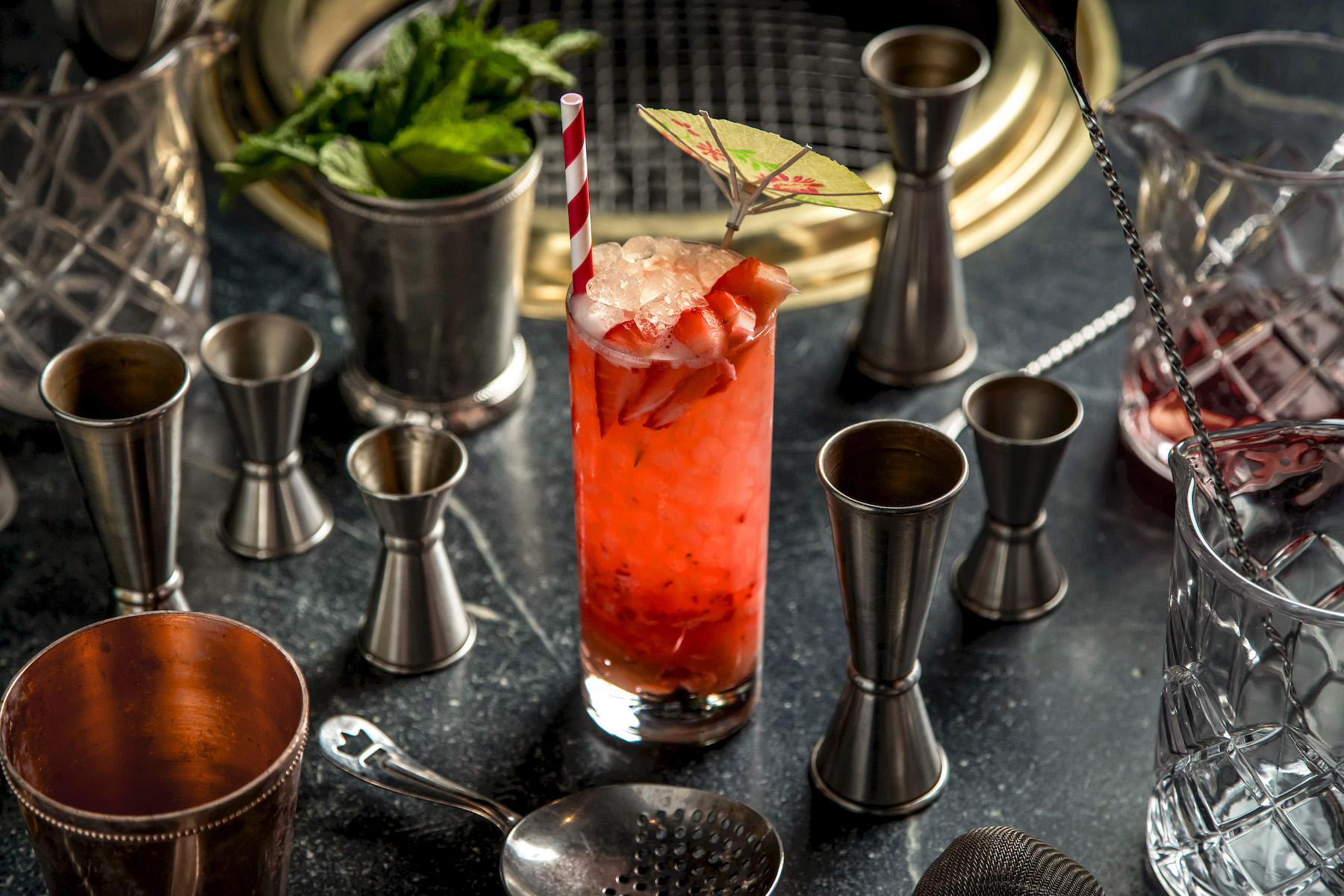
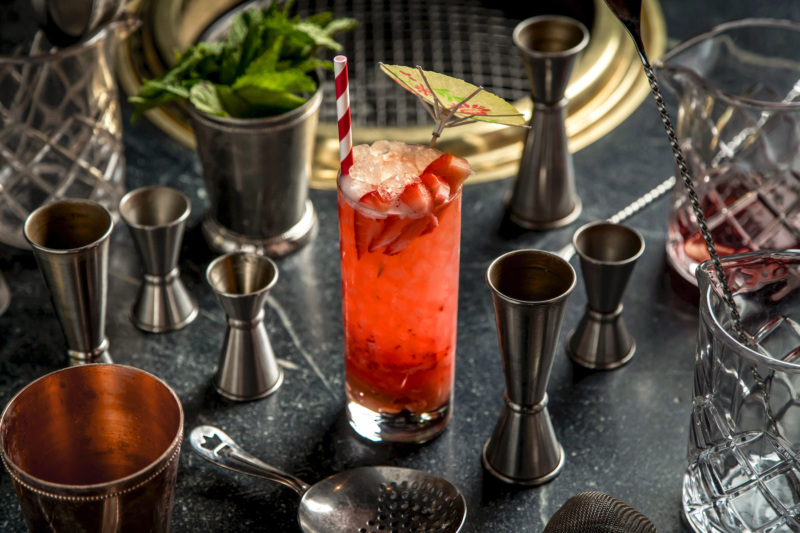
What else are you working on at the moment?
We are opening a new concept later this year, called COQODAQ — our first not-COTE restaurant where the focus will be on fried chicken. I love working with Simon [Kim, COTE’s founder and proprietor] because he has this amazing creativity and approach to making things feel special and new. Before COTE came along, the steakhouse model hadn’t really changed in a long time. What COTE did is take the steakhouse concept and frame it in a different way. We’re very confident that when COQODAQ launches, we’ll be able to get people to approach fried chicken in a completely new way. It’ll be located very close to COTE New York, in the same neighborhood.
Beyond that, we recently announced the opening of COTE Singapore by the end of the year as well. Looking ahead to the following year, we are working on a project with 550 Madison, over on 56th Street and Madison Avenue in New York. We’re not 100% sure yet what we’ll be doing there, but we know it’s going to be super exciting because the space is enormous and spans three floors.
That’s a lot of projects you’ve got going on.
We’re cooking a lot of birds right now!
COTE opened in 2017 and you joined the team in 2018. As one of the OGs, what are you most proud of all these years?
What I’m most proud of in our organization is how we treat people. At the end of the day, I believe that people’s true legacies are based on the people that they’ve impacted, not things that they did or restaurants that they built. People will remember what you did, and how you acted toward them. So, it doesn’t matter whether you’re an employee, a diner, a vendor, or an investor; we always put people first. Having that approach is what allowed us to survive the pandemic and come out of it stronger than ever. It’s allowed us to build this launchpad for all of this future expansion. So long as we never lose sight of who we are, we’ll continue to grow and expand.
COTE Korean Steakhouse in New York is open every day for dinner from 5 to 11 p.m. COTE Miami is open every day for lunch from noon to 3 p.m. and for dinner from 5 to 11 p.m.
Coralie Kwok is a French-born writer and hospitality professional based in Brooklyn. She’s always on the quest for the best baguette.
Discover More

Stephen Satterfield's Corner Table



